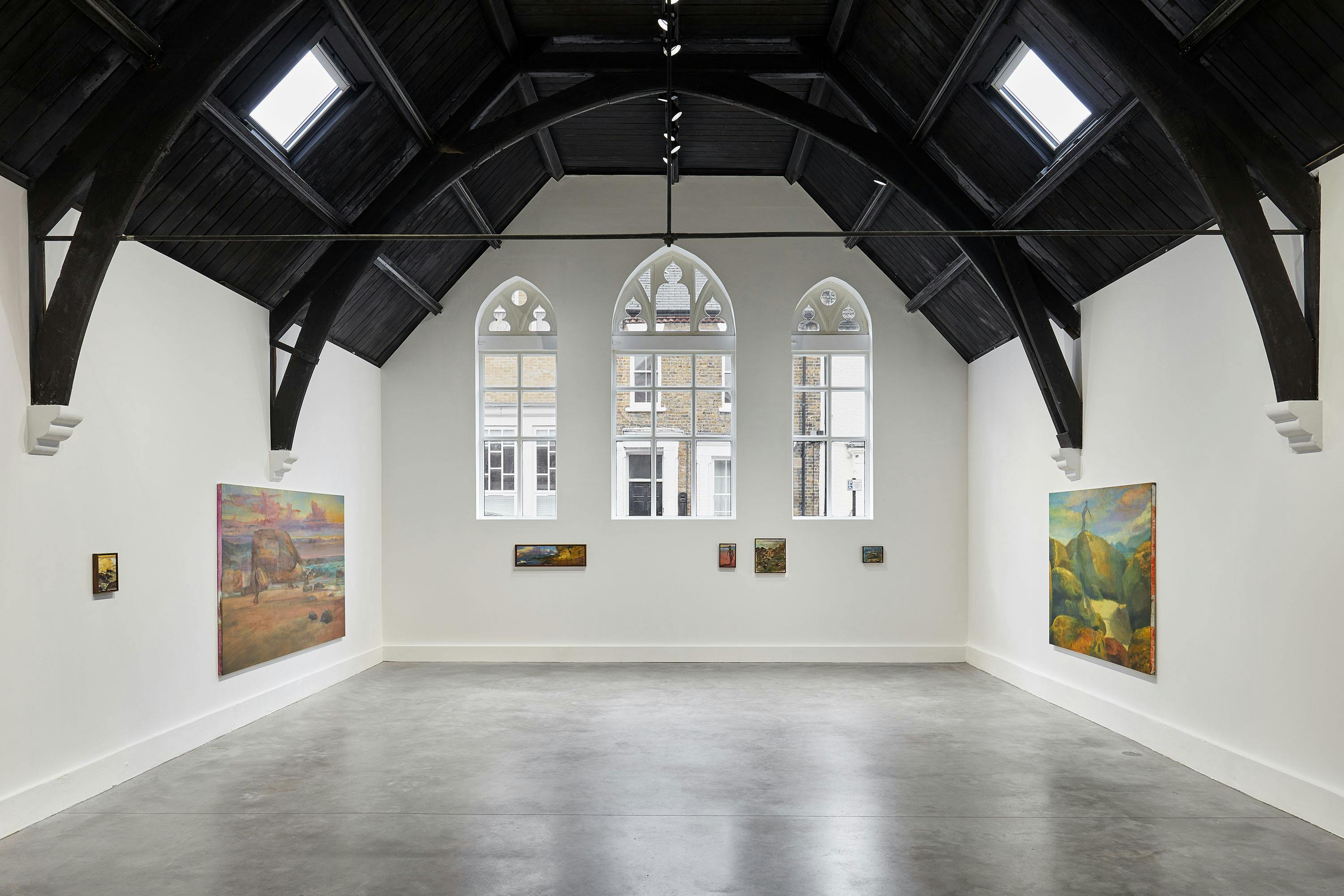Artist / Director: Lap-See Lam
Cast:
Bruno Hibombo as Past Lo Ting
Ivan Cheng as Future Lo Ting
Ping-Kwan Lam as Singing Chef
Sofia Jernberg as Dragon
Director of Photography: Lisabi Fridell FSF
Technical Director & Animation: Martin Christensen
Original Music & Sound Design: Marlena Salonen, Linus Hillborg
Sound Mix: Linus Hillborg
Lo Ting Character Texts: Ivan Cheng
Dramaturge & Script Consultant: Jesper Strömbäck Eklund
Studio Director: Jun-Hi Wennergren Nordling
Textile Art / Costume: Kholod Hawash
Seamstress / Costume Designer: Suvi Kajas with assistants Linda Kokkonen, Tiina Majabacka, Jenni Räsänen, Hilla Ruuska
Hair & Makeup: Johanna Jarmide Larsson
Camera Operator: Peter Mattsson
Focus Puller: Herman Brolin
Camera Assistant: Filip Ehrenstråhle
Gaffers: Kamil Janowski, Luisa Fanciullacci
Best Girl / Best Boy: Linnea Grahn, Carl Erskine
Technicians: Sofia Bogren, Markus Lingevall
Sound Technicians: Christian Skarin, Giovanni Onorato
FAD: Pontus Wicksell, Rebecka Cutić
Editors: Lap-See Lam, Daniel Ljunggren Lundström (We Are Shook), Fredrik Egerstrand
Online / VFX: Viktor Tegréus (We Are Shook)
Colourists: Nanna Dalunde, Lisabi Fridell
Graphic Design & Altersea Illustration: Thomas Bush
Artist’s Assistant: Felicia Troedsson Friberg
Director’s Assistant: Alva Qi Törnqvist
Production Assistants: Hampus Larsson, Laura Lucchini, Rut Egerstrand Kjellberg, Unn Faleide
Language Interpreters: Angela Aldebs, Maya Abdullah, Tanny Lam
Script Advisors: Axel Winqvist, Lawen Mohtadi
Catering: Charlotte Larsson
Dragon head and tail originally made by artist Lu Guangzheng (1991)
Dragon’s Welders and Guardians: Fredrik Eriksson, Hasse Möller, Zoltan Schnierer
Bamboo Scaffolding (on film set): Ho Yeung Chan with assistants Ho Lim Chan and Marius Engan Johansen
Executive Producers: Studio Lap-See Lam, Luba Kuzovnikova
Creative Producer: Fredrik Egerstrand. Production: Egerstrand&Blund
The artist extends gratitude to curators Asrin Haidari, Julia Paoli, Kate Whiteway, and Nicola Wright, and a special heartfelt thanks to Johan Wang for the opportunity to film aboard Floating Sea Palace
The film was produced with funding from The Swedish Film Institute, film commissioner Axel Petersén, Galerie Nordenhake Berlin/Stockholm/Mexico City, Göteborgs Stad, Region Gävleborg. Sponsored by Elektronmusikstudion EMS, Gröna Lund, Högmarsö Varv, Icebug, Ljud & Bildmedia, Sidenkompaniet.
Floating Sea Palace was developed from the film The Altersea Opera, which was commissioned by Moderna Museet in partnership with The Vega Foundation and supported by Studio Voltaire and The Power Plant. The Altersea Opera was presented as part of the Nordic Pavilion at the 60th International Art Exhibition, La Biennale di Venezia (20 April to 24 November, 2024), conceived and conceptualised by Lap-See Lam, and realised in collaboration with composer Tze Yeung Ho and textile artist Kholod Hawash.
Exhibition credits:
Bamboo Scaffold Master: Ho Yeung Chan
Technical Director: Martin Christensen
A/V: ADi Audio Visual












